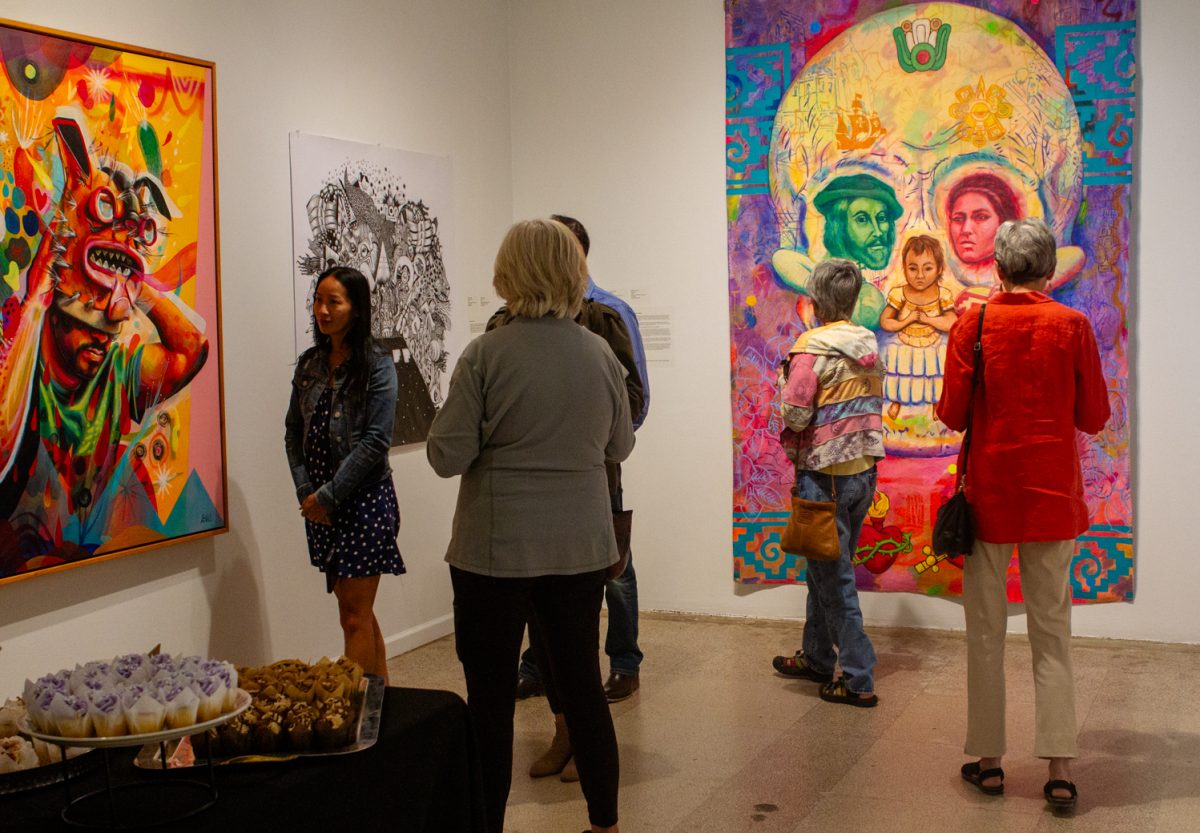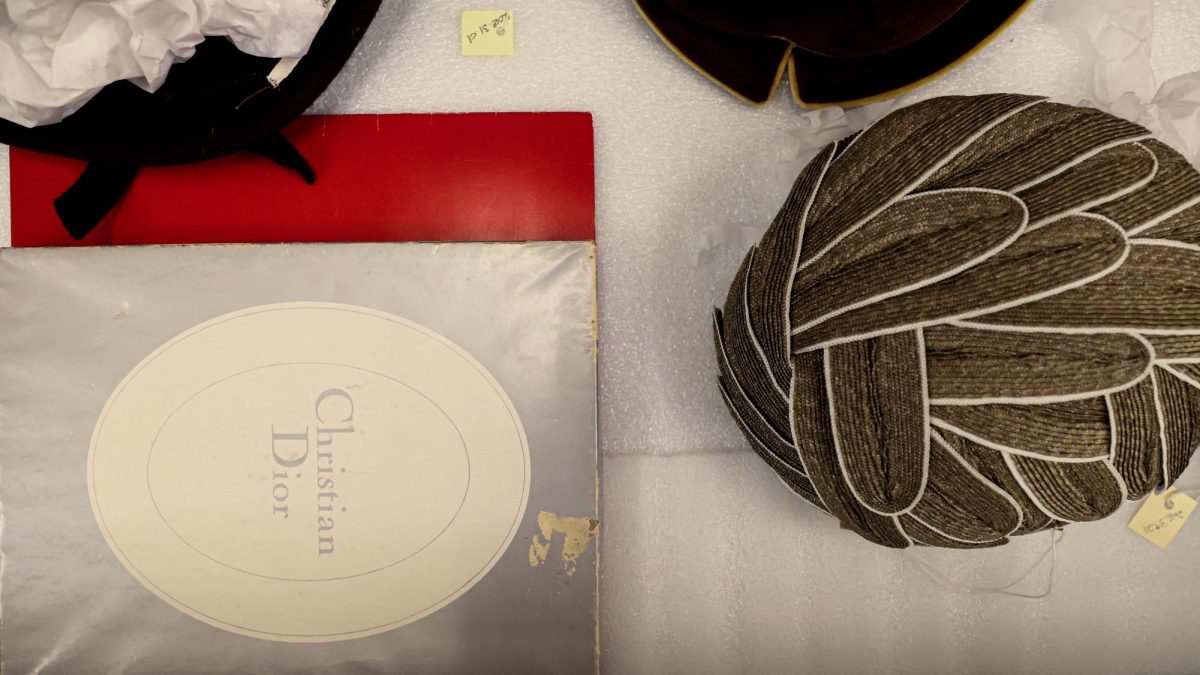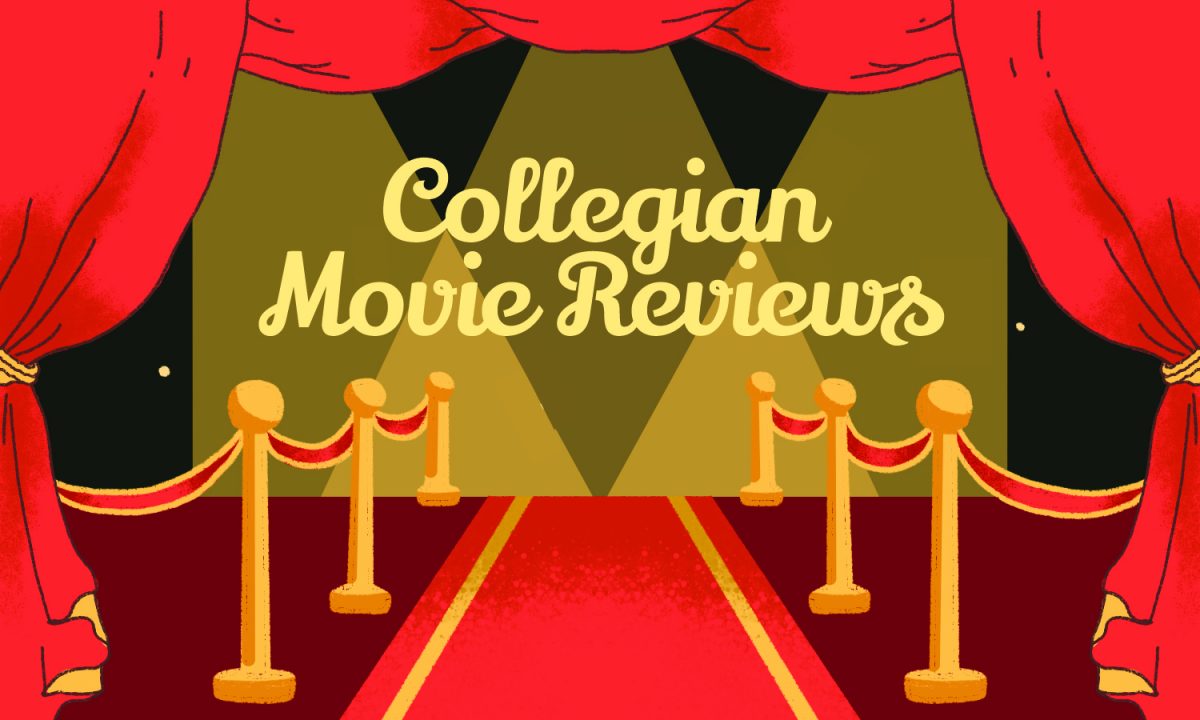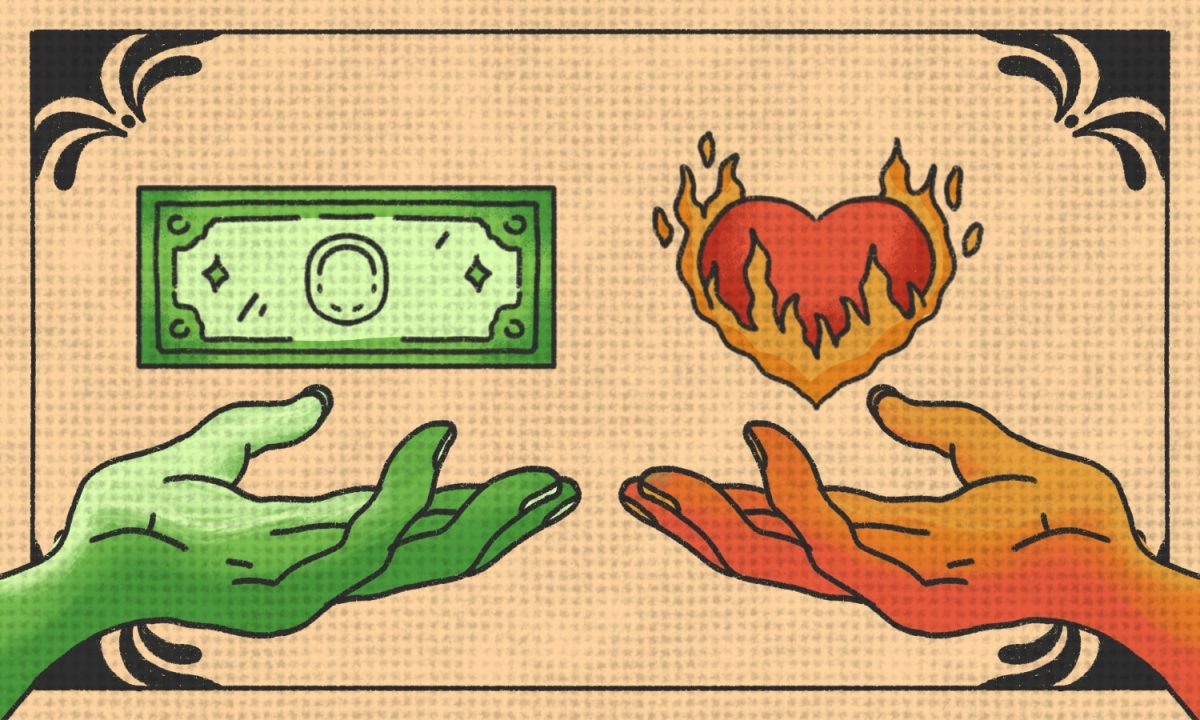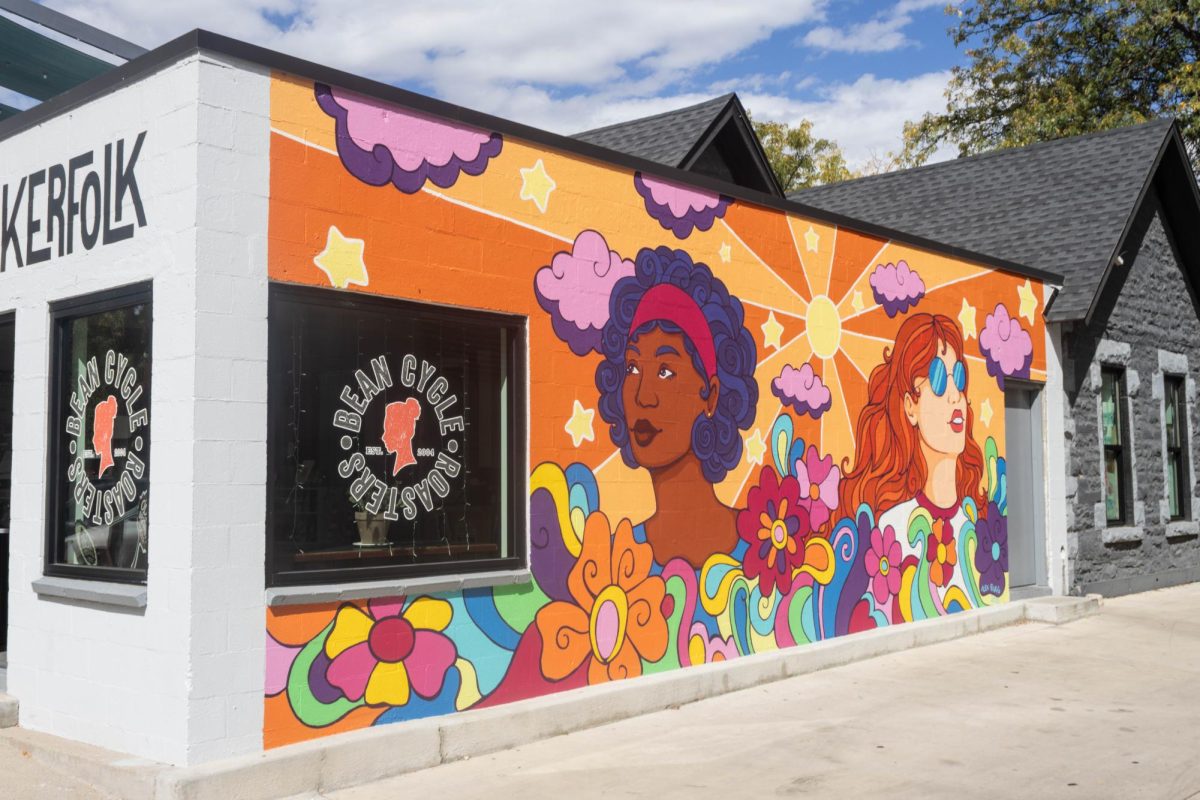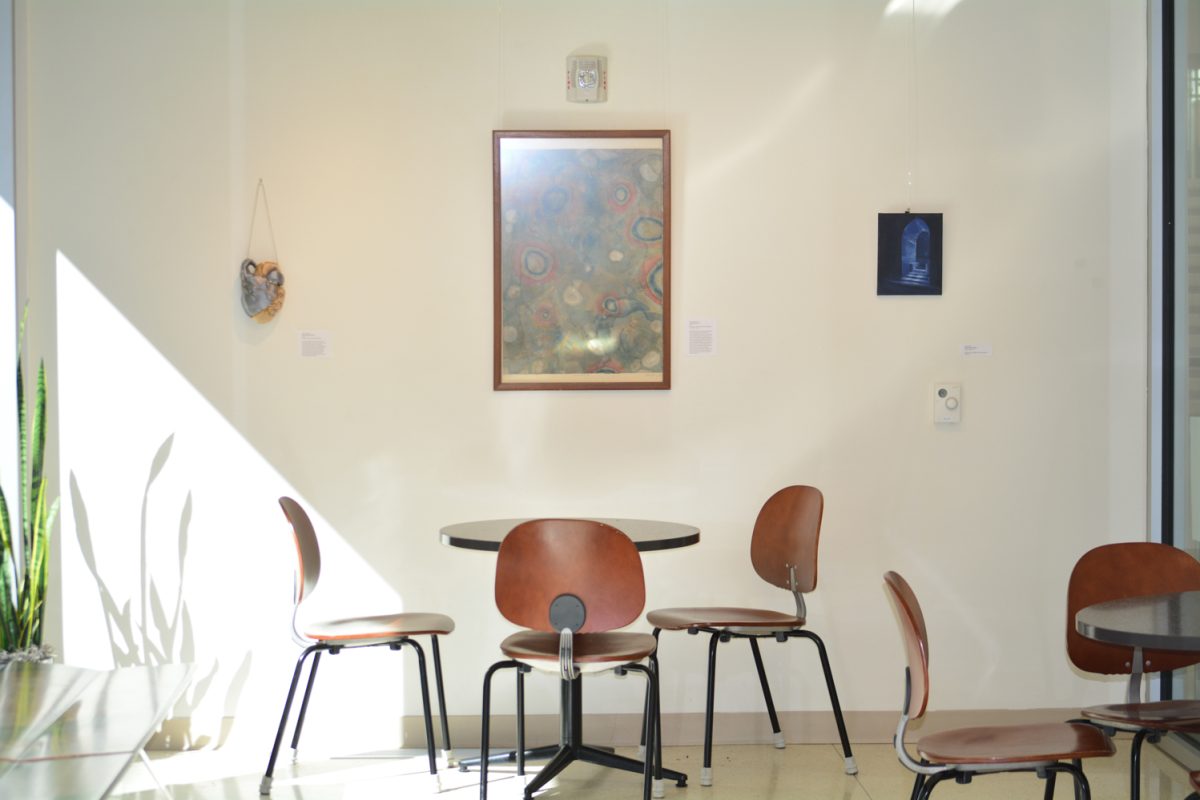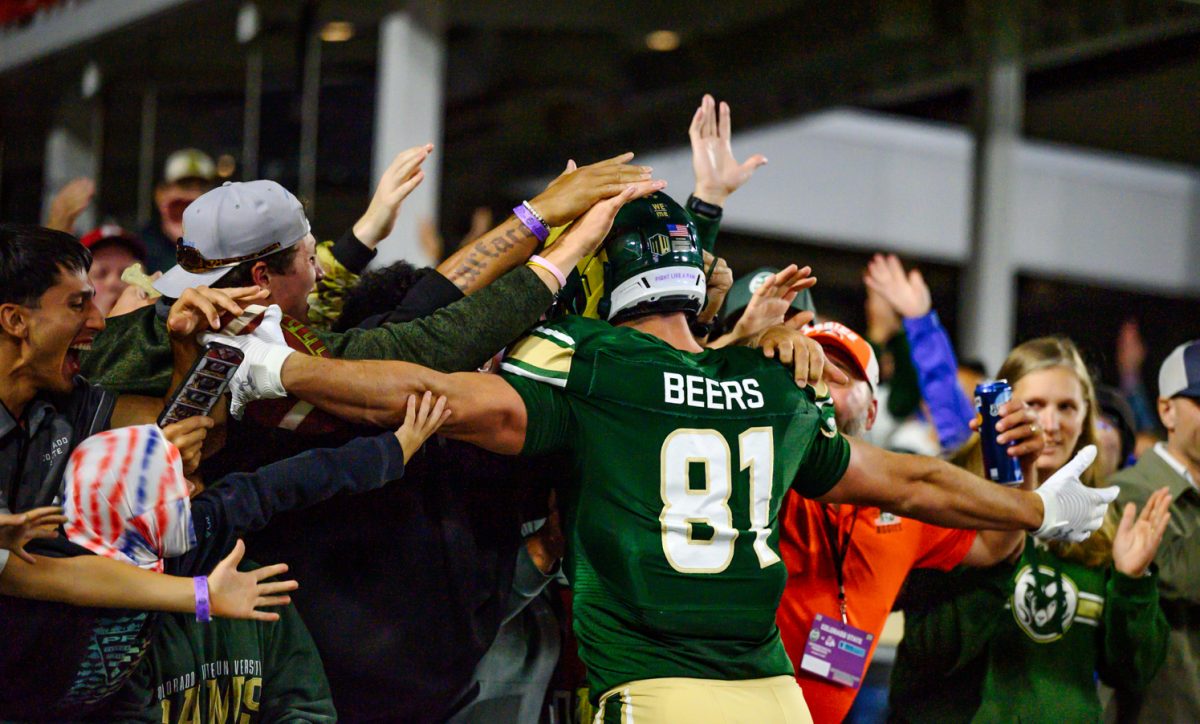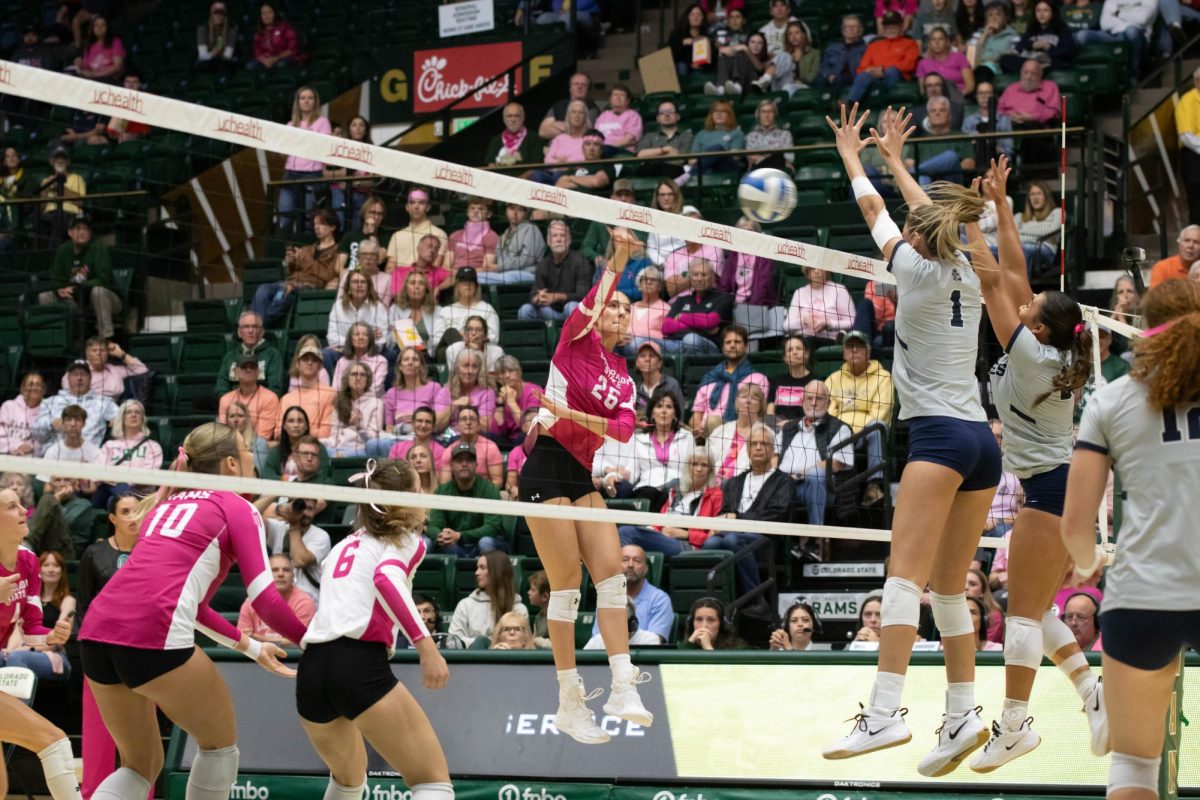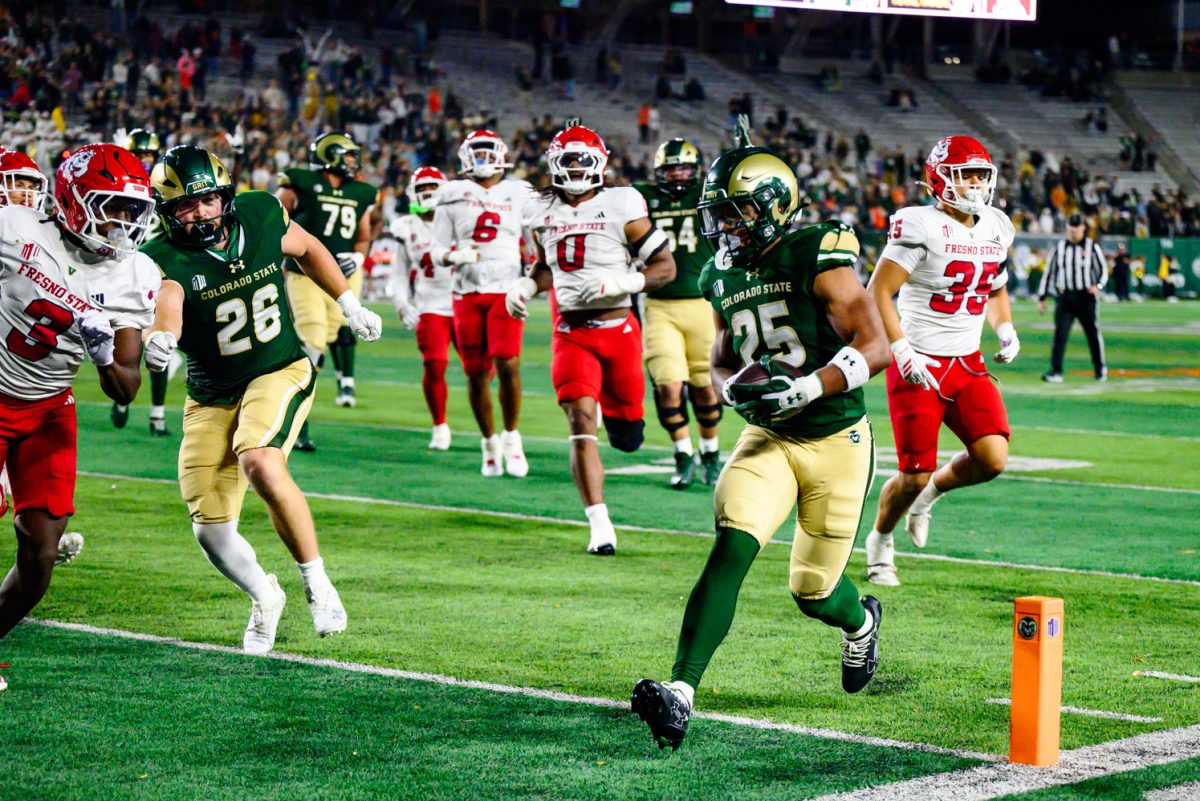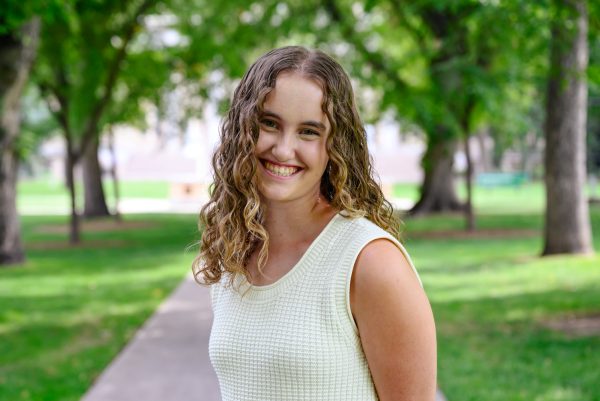Art has existed in conjunction with society and the government for all of human history. While the impact of art on politics cannot be directly measured, its effect on people’s cultural beliefs is undeniable, both on a national and local level.
“Art builds resilience,” said Sarah Zwick-Tapley, senior instructor in the Colorado State University Honors program. “It forces us to practice encountering the worst parts of humanity, … it helps us practice what revolt looks like and it helps us practice what a new world would look like. … So for me, art is critical, and I regard art as kind of being the therapy session of a society.”
Despite her background in theater, Zwick-Tapley teaches courses covering the relationship between art, politics and societal revolutions throughout history. She views art as a device for social change rather than a mechanism to climb the ladder.
“My undergrad was really influential for me,” Zwick-Tapley said. “There was a big focus on art changing the world. And the focus was not on fame; it was making a political difference in the world.”
Identity, one’s personal relationship with art and the message they take away are uniquely individual. While exact effects of art on politics throughout history cannot be tangibly measured, several overarching trends and themes exist.
One’s political beliefs cannot be boiled down to a simple decision, as explained by Associate Professor Matthew Hitt, who studies judgment and decision making in the CSU Institute for Research in the Social Sciences and Political Science.
“Where political decisions come from, there is not a single cause,” Hitt said. “There’s not a single explanation. It is a multifaceted, complex process.”
On the national level, art has influenced social opinion throughout history. One example is the response to the May 4, 1970, shooting at Kent State University in which four students were fatally shot by the National Guard while protesting the Vietnam War.
Outrage turned to art as folk-rock group Crosby, Stills, Nash & Young released their single “Ohio,” a protest song directed at the Kent State murders.
In the postmodern era, American theater began to shift from portraying only realistic stories to a blend of realistic and nonrealistic while also highlighting previously unrepresented groups and stories.
“The other parts of postmodernism and theater are telling stories that have been previously untold and having multimedia, so we are in an era where people are hungrily looking for stories that have not been told before,” Zwick-Tapley said.
This development bled into films like the 1977 “Roots“ miniseries, which told the multigenerational story of enslaved people in colonial-era America. It starred CSU alumnus John Amos and touched on topics previously untold in American television, Zwick-Tapley said.
“You were taught in school that slavery existed,” Zwick-Tapley said. “You were taught in school that people were bought and sold. But there was never an emotional component to it. Starting in the 1970s, white America, for the first time, became aware of that emotional component.”
Even today, art’s influence over politics in America can be seen playing over television screens all across the country every Saturday night, accompanied by a live studio audience.
“’Saturday Night Live’ has made politics part of the public consciousness,” Zwick-Tapley said. “Many people who don’t watch the news or read the paper do watch ‘Saturday Night Live,’ and of course, they have skits about current events, so some people are learning their current events in politics from ‘Saturday Night Live.’”
Even on the local level, art can influence society and people’s perceptions of identity. The Museum of Art Fort Collins is currently featuring Nepantla, an exhibition curated by Tony Ortega. It features pieces from 36 Chicanx/é and Latinx/é artists 20-80 years in age. The exhibit’s name is intertwined with the themes it explores.
“Napantla means a place — a place between — it also means a place between two bodies of water,” Ortega said. “So it’s been used as a metaphor for writers and now artists to talk about being bicultural, bilingual or not quite fitting in one culture, not quite fitting in the other but that space in between, so learning how to navigate both cultures.”
Each artist was given the freedom by Ortega to present their own identity and understanding of Nepantla.
“So this exhibit is a lot about identity and where your identity fits in the world,” Ortega said. “And anytime you talk about identity, it becomes political.”
Art, both past and present and regardless of medium and creation, inspires a reaction from its viewer.
“Expressive acts of political discourse and speech like the creation of art is a wonderful way to engage in the political system,” Hitt said. “So I would encourage people to talk about politics. Practice politics. Make political art.”
Reach Katie Fisher at entertainment@collegian.com or on Twitter @CSUCollegian.



